What Should I Expect From Pest Control Companies?
Understanding what to anticipate can help homeowners and business owners make informed decisions when hiring a pest control service. This article outlines the key expectations from pest control companies, ensuring transparency and effectiveness in addressing pest issues.
Initial Consultation and Assessment
Introduction to Services
When engaging with a pest control company for the first time, the initial consultation serves as a crucial step. This consultation usually involves a professional representative explaining the array of services the company offers. Homeowners and business owners should feel comfortable asking questions to clarify the pest control process. Understanding the scope and methods of pest management not only sets realistic expectations but also allows property owners to identify which services best suit their needs. Additionally, it helps customers gauge the professionalism and depth of knowledge possessed by the pest control representatives.
On-site Evaluation
Following the initial introduction, a detailed on-site evaluation is typically scheduled. During this evaluation, a pest control expert visits the location to conduct a thorough inspection. This assessment is vital for identifying potential entry points, nesting sites, and evidence of pest activity. It provides the expert with the information needed to develop an effective action plan. Furthermore, the evaluation helps clients understand the extent of infestation and any contributing factors such as waste accumulation or structural vulnerabilities.
Pest Identification
An accurate pest identification process is a cornerstone of effective pest control. Professionals employ various techniques to correctly identify the types of pests infesting a property. They might analyze droppings, nests, or insect activity patterns to pinpoint specific species. Accurate identification ensures that the chosen treatment method is effective and targeted. For property owners, understanding the specific pest challenges they face empowers them to collaborate effectively with pest control specialists to address the issue.
Extent of Infestation
Understanding the extent of an infestation is essential for crafting a robust pest control strategy. During the evaluation, technicians pay close attention to infestation indicators such as pest numbers and damage severity. This assessment helps determine whether a problem requires immediate action or ongoing maintenance. Armed with this knowledge, property owners can make informed decisions regarding cost-effective and long-term solutions. Furthermore, a clear understanding of the infestation's severity reassures clients that their concerns are being addressed comprehensively.
Customized Treatment Plan
Once the nature and extent of the pest issue are determined, a customized treatment plan is crafted. This plan outlines specific strategies and treatments to eliminate the pests and prevent future invasions. Customization is key as different pests and varying levels of infestation require different solutions. By involving property owners in the decision-making process, pest control professionals ensure that expectations align with desired outcomes. A well-designed treatment plan considers factors such as property size, infestation type, and environmental concerns.
Pest Control Techniques Used
Chemical Treatments
Furthermore, chemical treatments remain a popular choice in the pest control industry due to their effectiveness. These treatments often involve using pesticides specially formulated to target specific pests. Pest control experts are trained to apply these chemicals responsibly, ensuring they are used in accordance with safety guidelines. Understanding the benefits and potential drawbacks of chemical treatments allows property owners to make informed decisions regarding their pest control strategies. For instance, some may prefer quicker results, while others prioritize minimizing chemical exposure.
Non-Chemical Alternatives
For those seeking eco-friendly solutions, non-chemical alternatives offer a promising option. These methods include traps, heat treatment, and biological controls using natural predators. While non-chemical methods may require longer treatment durations, they align with environmentally conscious practices. Homeowners and business owners concerned about chemical exposure often find these alternatives attractive. The availability of non-chemical solutions underscores the versatility and adaptability of modern pest control services.
Integrated Pest Management (IPM)
Additionally, Integrated Pest Management (IPM) is a comprehensive approach that combines multiple strategies for effective pest control. This system emphasizes prevention, monitoring, and targeted interventions to minimize pest populations. By assessing pest life cycles and behavior, IPM focuses on long-term solutions over short-term fixes. It promotes minimal pesticide use by integrating non-chemical methods, thereby reducing environmental impact. IPM highlights the importance of customizing pest control strategies to suit specific situations, making it a preferred choice for many property owners.
Eco-Friendly Solutions
The increasing awareness of environmental issues has driven advancements in eco-friendly pest control solutions. These solutions prioritize safety for humans, pets, and the environment while delivering effective pest management results. Techniques such as biopesticides, pheromone traps, and natural repellents fall under this category. Clients who value sustainability often seek out pest control companies that offer eco-friendly options.
Technology and Innovation in Pest Control
The pest control industry continuously evolves, embracing technology and innovation to enhance effectiveness and efficiency. From digital pest monitoring systems to remotely operated traps, technology plays a pivotal role in modern pest management. Innovations allow for real-time data collection, contributing to accurate assessments and timely interventions. Clients benefit from these advancements as they provide insight into pest behavior and trends.
Safety Measures and Guidelines
Safety Protocols for Humans and Pets
One of the primary concerns during pest control interventions is the safety of occupants, including pets. Professional pest control companies prioritize implementing safety protocols to minimize risks. Technicians often provide pre-treatment instructions to ensure everyone's well-being. Clients are encouraged to communicate any specific concerns or hypersensitivities, allowing for tailored safety strategies. Addressing safety comprehensively fosters trust between clients and pest control providers. According to Qmobius, 84% of homeowners encountered a pest problem in the past year, emphasizing the importance of safe pest control practices.
Product Safety Information
Understanding the safety of products used during pest control is a top priority for property owners. Pest control companies offer detailed information about the chemicals and solutions they apply. Clients can access Material Safety Data Sheets (MSDS) for specific products to understand potential hazards and safety precautions. This transparency empowers clients to make informed decisions about the products used on their property.
Precautionary Steps During Application
During the application of pest control treatments, precautionary steps are undertaken to ensure safety. Technicians are trained to follow precise protocols, such as wearing protective gear and sealing treated areas. Homeowners and business owners may be advised to vacate the premises temporarily during the application. Communication between clients and technicians plays a crucial role in ensuring everyone is informed about necessary safety measures.
Post-Treatment Safety Measures
After a pest control treatment, post-treatment safety measures are implemented to ensure ongoing safety. Clients receive guidelines on maintaining treated areas and re-entry times. Instructions may include ventilation protocols and avoiding contact with surfaces until they are dry. This thorough approach helps maintain safety standards and maximize treatment effectiveness. Clients can also request follow-up inspections to address any lingering safety concerns and assess treatment success.
Regulatory Compliance and Certifications
Professional pest control companies adhere to regulatory standards and certifications to guarantee safe practices. Compliance with regulations set by government agencies ensures that treatments are conducted legally and ethically. Certifications signal that technicians are trained in current best practices and aware of evolving safety standards. Clients can inquire about a company's certifications to verify their commitment to professionalism and safety.
Choosing the right pest control company is crucial in efficiently managing pest problems while ensuring safety and satisfaction. By understanding what to expect from pest control services, property owners can better navigate the process and achieve desired results. Contact JD Smith Termite & Pest Control today for more information about our services.
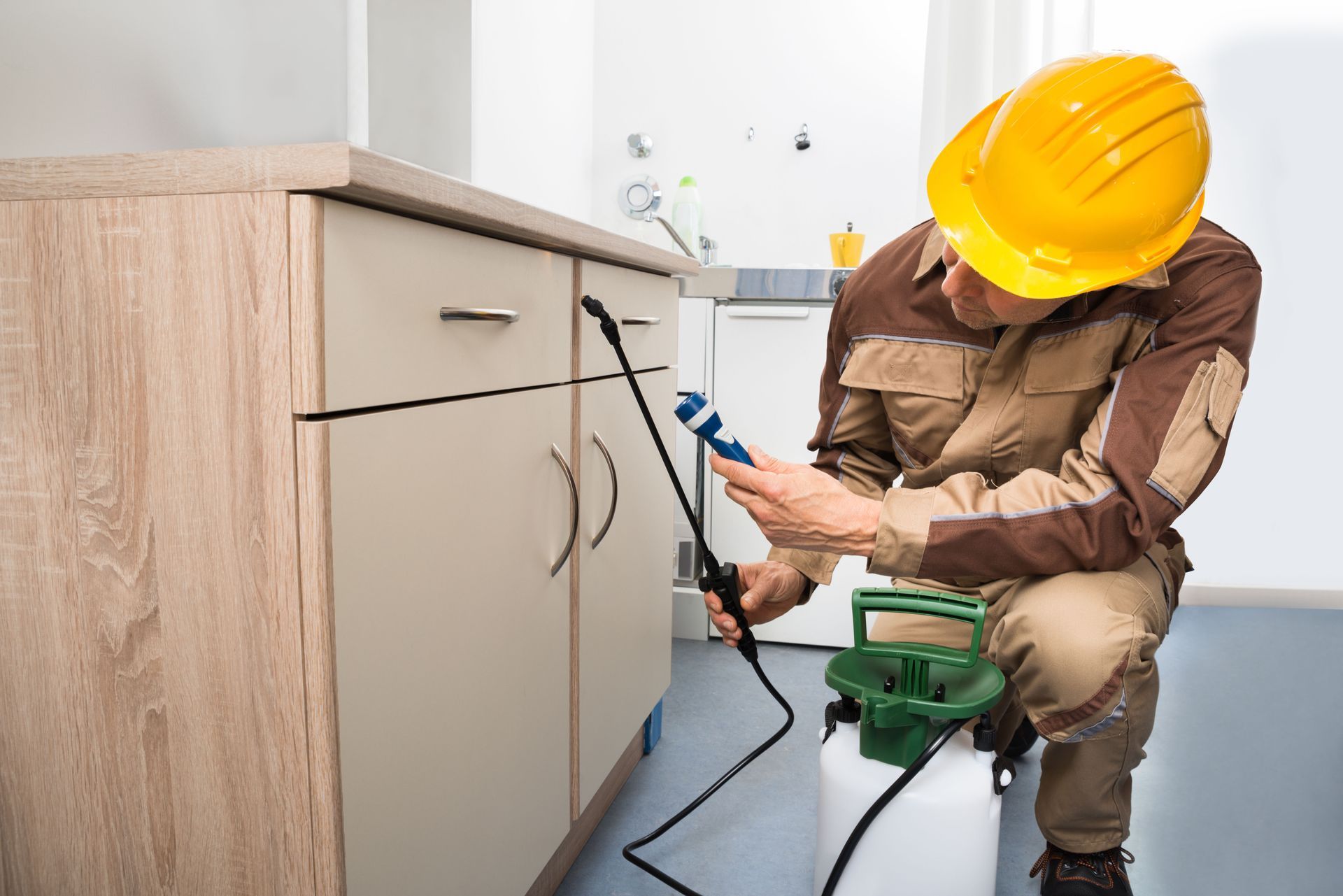
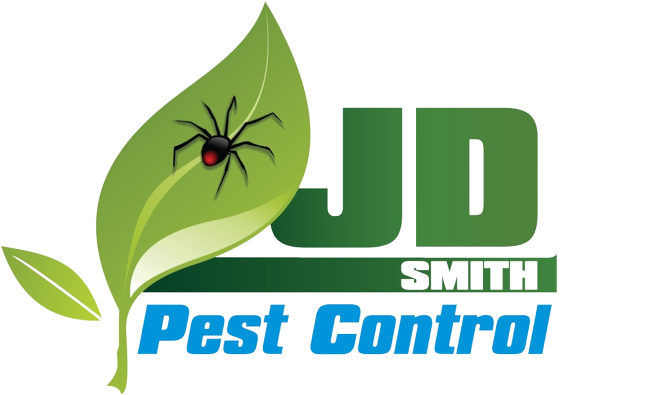
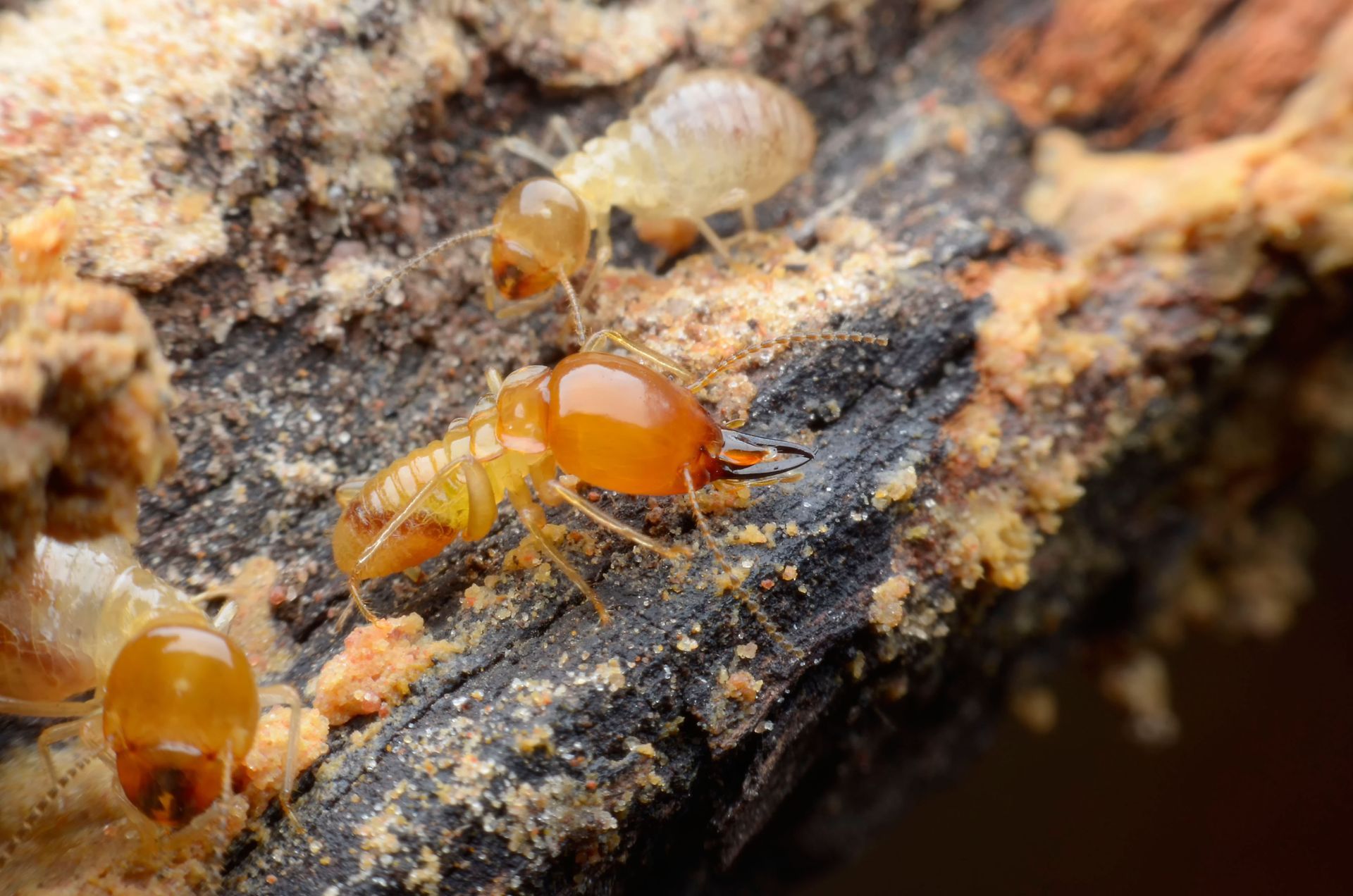
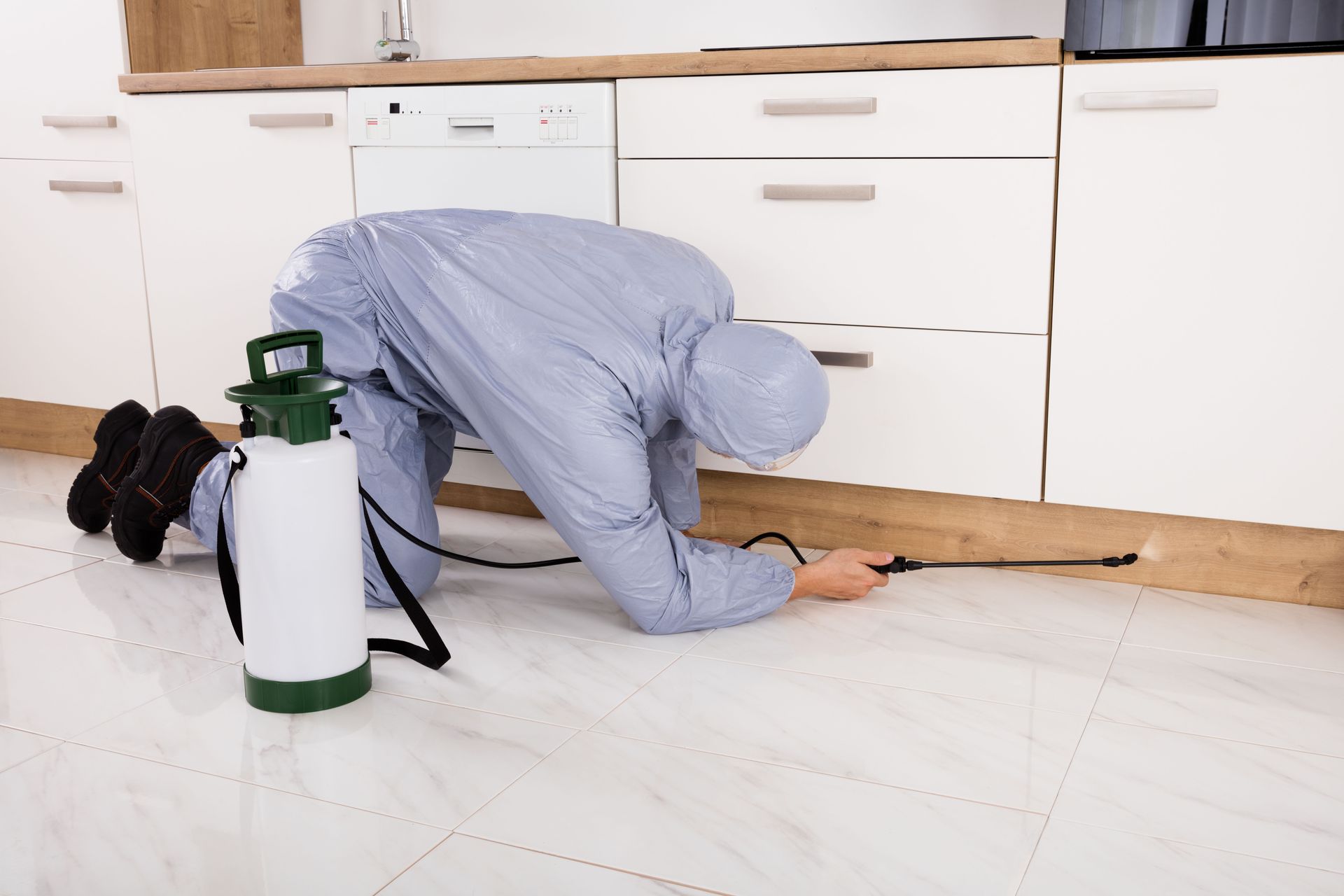
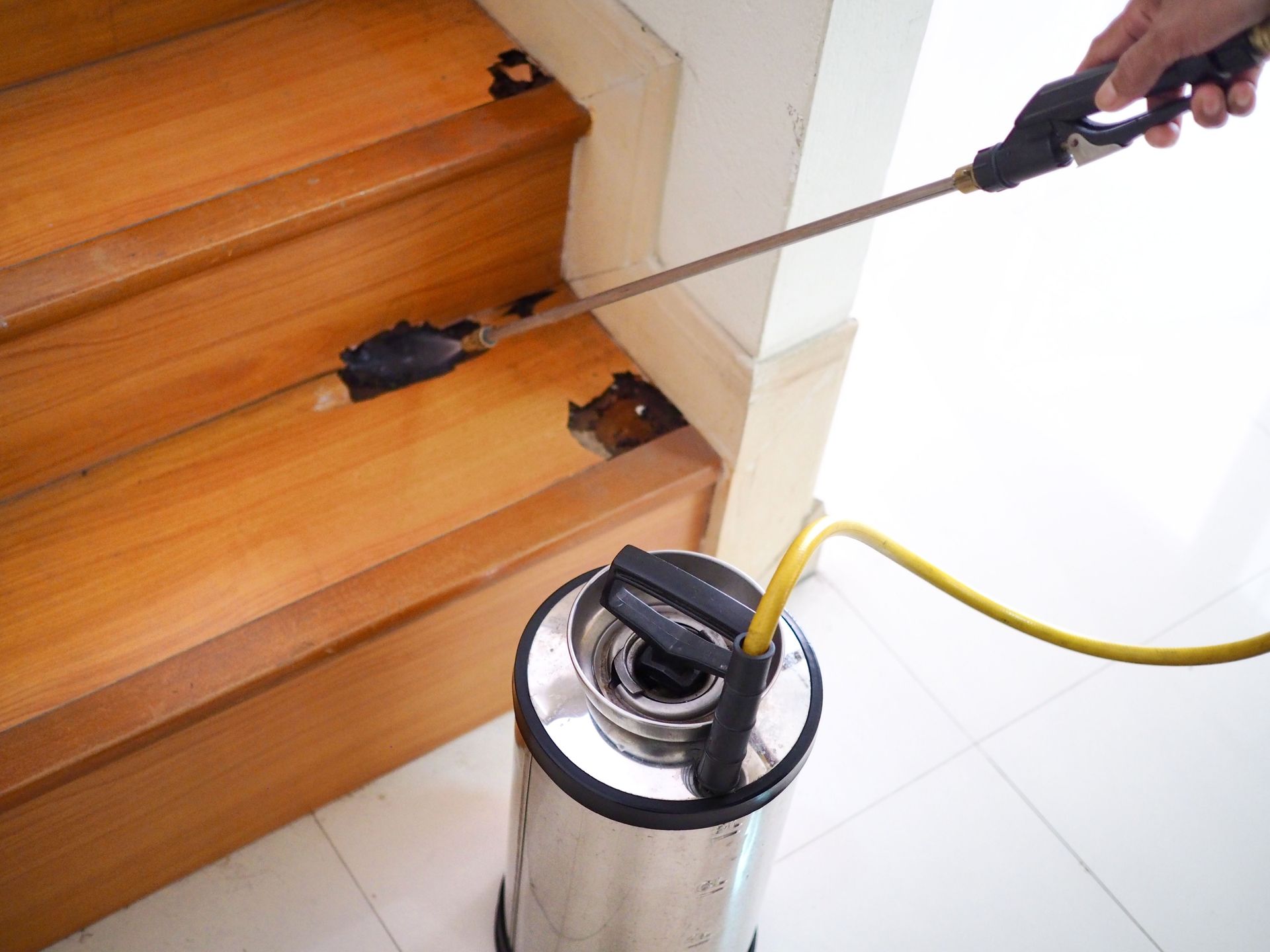
Share On: